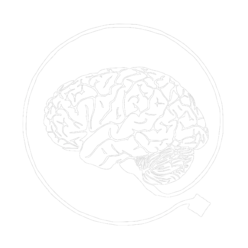Helen De Cruz
School of History, Philosophy and Culture
Oxford Brookes University
hde-cruz[at]brookes.ac.uk
Abstract: We have seemings as a result of the ordinary workings of our cognitive faculties (ordinary seemings), and seemings as the result of long-standing deliberate training and practice (skilled seemings). Do these kinds of seemings confer justification in the same way? I argue that, in spite of their similar phenomenology, ordinary and skilled seemings have distinct developmental origins and neurological underpinnings, and that these differences matter for the justification of beliefs formed on the basis of these seemings. I identify three key areas where skilled and ordinary seemings differ: cognitive penetrability, metaphysical structure, and social practice.
